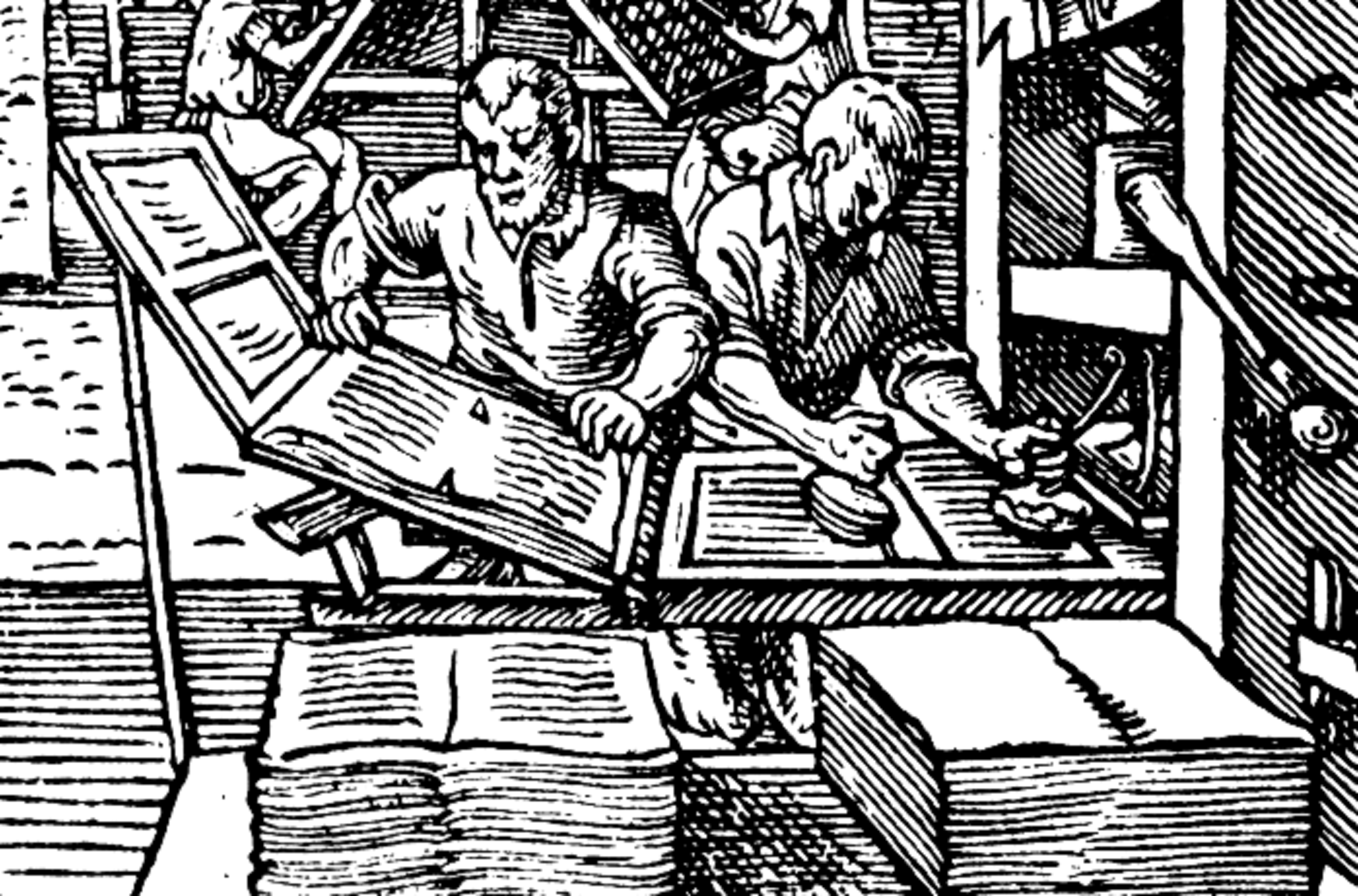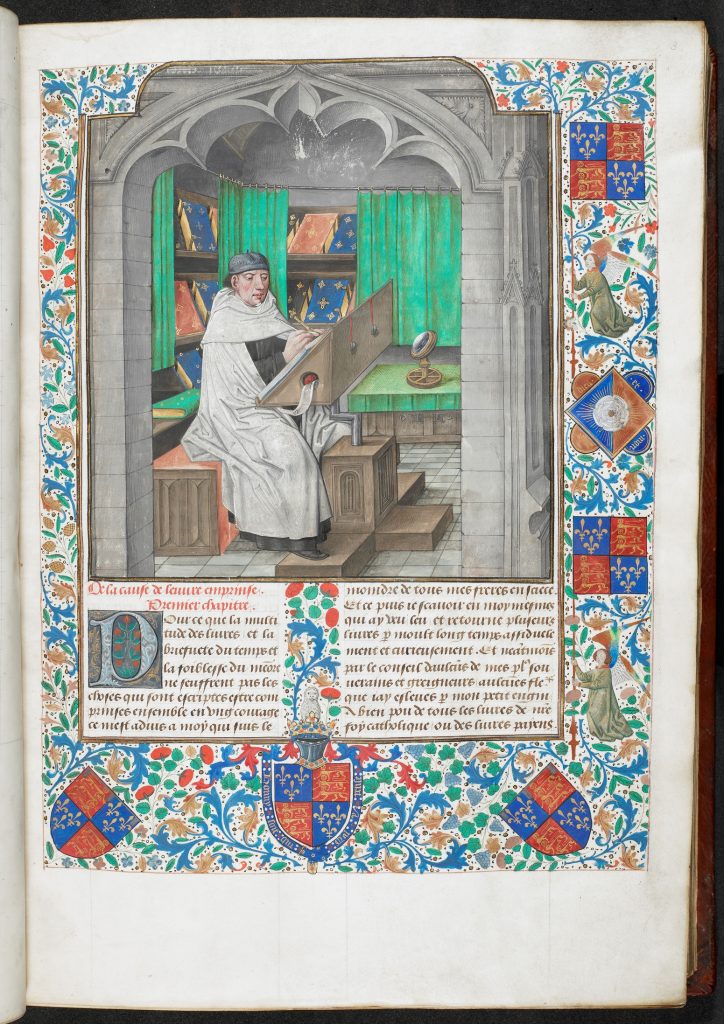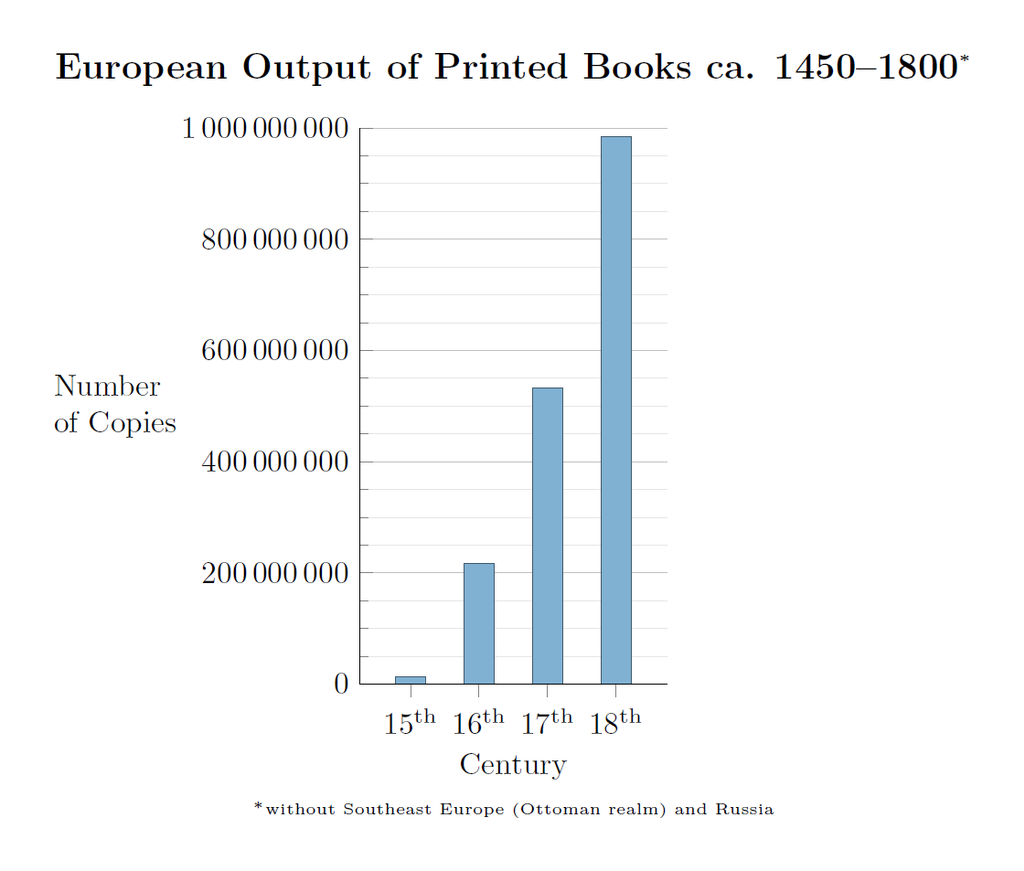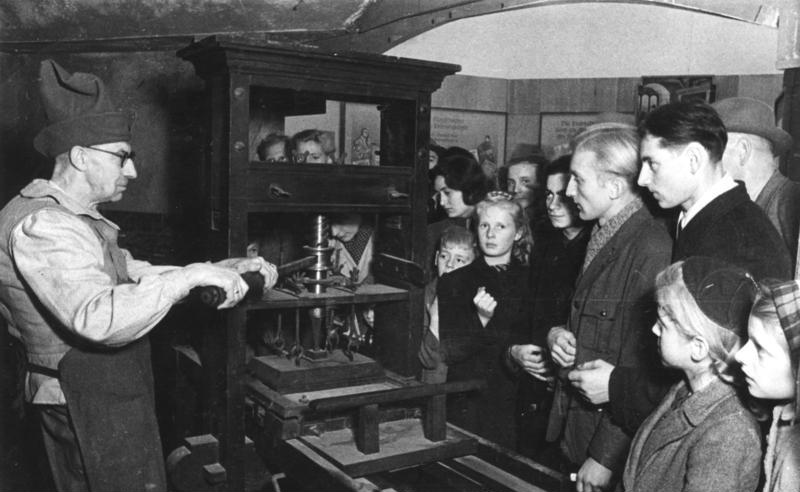
Printing house, 16th century
One of the priceless benefits of the modern age is having information at your fingertips. Not long ago, if you wanted to find out anything, you would enter a term into a search engine and click “search,” receiving thousands of results in seconds. Today, with the evolution of AI, this process is even faster and more personalized. Information is now tailored to your tastes and preferences, arriving almost instantaneously. In stark contrast, during the late 15th century, information traveled through offline routes, forming an early communication network and laying the groundwork for the sophisticated information systems we use today. Key characteristics of early communication include the advent of the printing press, the establishment of information routes, and the evolution of knowledge.
The Advent of the Printing Press
Before the invention of the printing press, information was conveyed through paintings, carvings, or handwritten manuscripts. In Ancient Greece and Rome, people accessed information by reading inscriptions on monuments or manuscripts. During the Middle Ages, medieval monks in scriptoriums created intricate works of art, which were exchanged by traveling individuals. Despite their best efforts, handwritten materials remained expensive and inaccessible to many.

In the 15th century, everything changed. Johannes Gutenberg from Mainz, Germany, developed movable type printing technology. His invention was faster and more durable than previous methods, marking the beginning of the European age of printing. Gutenberg’s movable type page setting was revolutionary, allowing for quicker production and more resilient printed materials. In the following decades, this technology spread across Europe. By the end of the 15th century, printing presses had been established in cities like Venice, Krakow, Buda, Cologne, Rome, London, and Paris, leading to the production of approximately 20 million volumes by 1500.

Information Routes
Today, obtaining information is quick and free. In the past, however, information traveled physically, taking much longer to reach its destination. The printing press made the dissemination of information faster and more affordable compared to the slow and expensive methods of the medieval era. Imagine being a 15th-century sailor who just arrived in Venice, a city offering revolutionary new products. You could easily read scientific and geographical works that were previously inaccessible. If you were an illiterate peasant eager for news, you could go to a local pub and hear a reader recite everything you wanted to know, from battlefield updates to juicy gossip.
The printing press revolutionized the way publications were sold and opened new business opportunities centered on delivering information to consumers. This was the foundation for modern radio, TV news, internet portals, newsletters, and paid media. The establishment of these information routes not only facilitated the spread of knowledge but also democratized access to information, making it available to a broader audience.

The Evolution of Knowledge
Although the Middle Ages had notable scientists, geographical barriers often prevented collaboration and the exchange of ideas. With the evolution of printing technology and the book trade, ideas and concepts could be exchanged more rapidly, leading to more precise and groundbreaking results. Resources for acquiring new knowledge were no longer limited to a privileged few. Experts could communicate their ideas through books, which other experts could then purchase and debate, fostering lively intellectual exchanges. This laid the groundwork for scientific magazines, journals, and specialized social networks and communities that transcend geographical barriers today.
From today’s perspective, modern information systems might seem entirely new. While the internet, social networks, and AI are indeed modern advancements, the principles of communication have existed for centuries. Today, we read, share, like, and collaborate, much like a 1490s sailor, local pub news reader, or peasant did. Even though many of these early communicators were illiterate, they were part of an early communication network that was strong enough to pave the way for modern communications.
In conclusion, the development of early communication systems in the 15th century set the stage for the sophisticated information networks we rely on today. The advent of the printing press, the establishment of information routes, and the evolution of knowledge were crucial milestones in this journey. These early advancements in communication not only revolutionized the way information was disseminated but also democratized access to knowledge, laying the foundation for the interconnected world we live in today. The parallels between early communication networks and modern systems highlight the enduring importance of sharing and exchanging information, a principle that continues to drive our technological progress.
